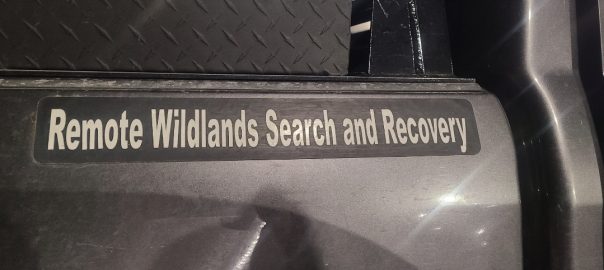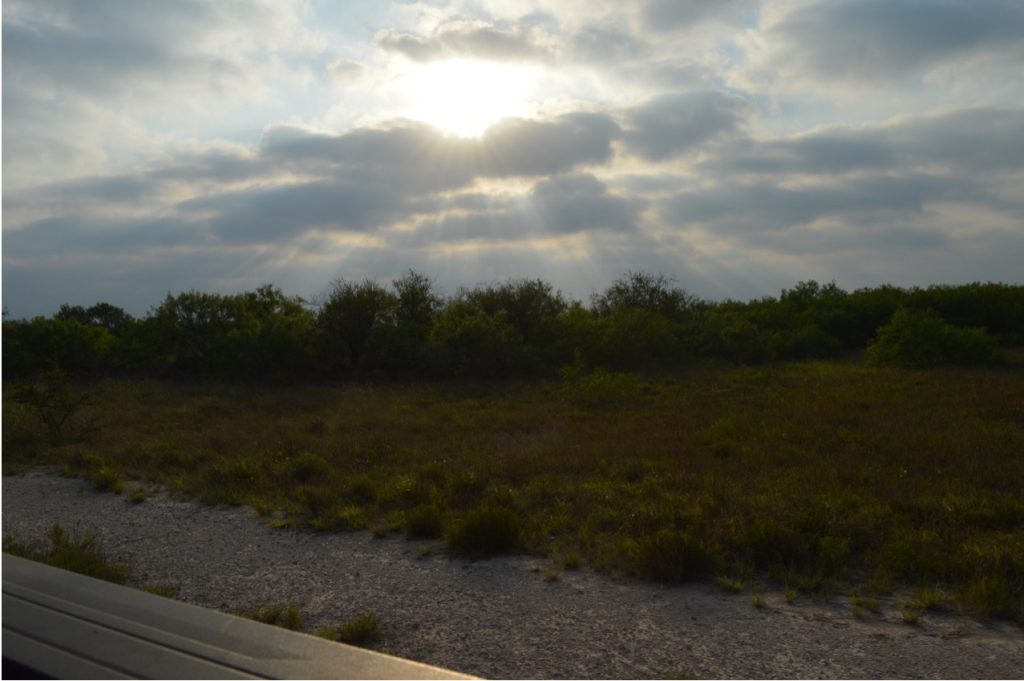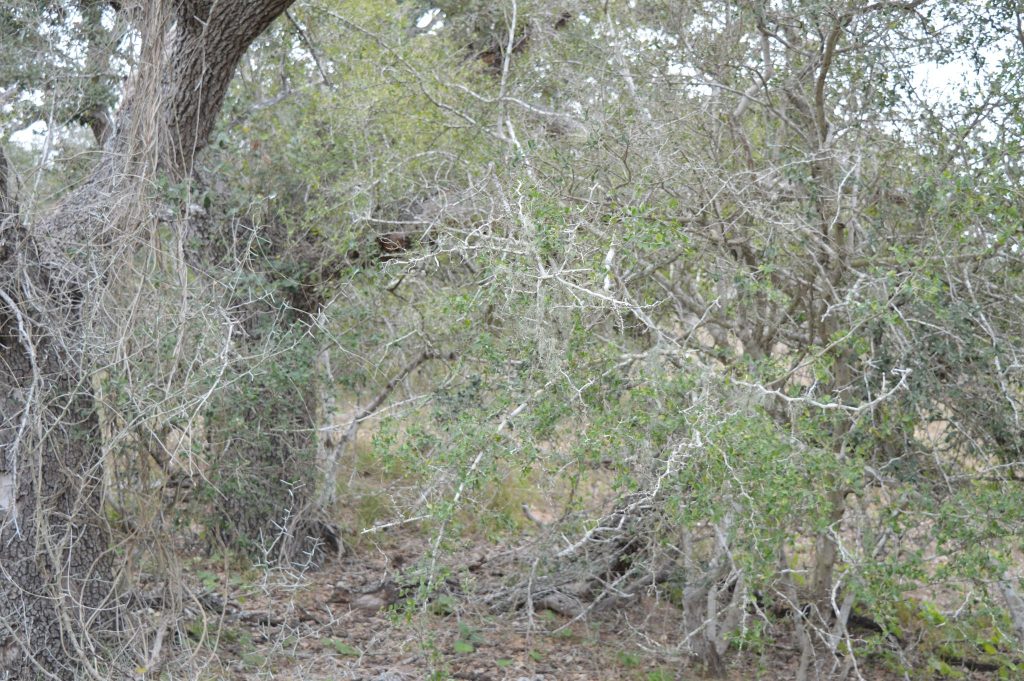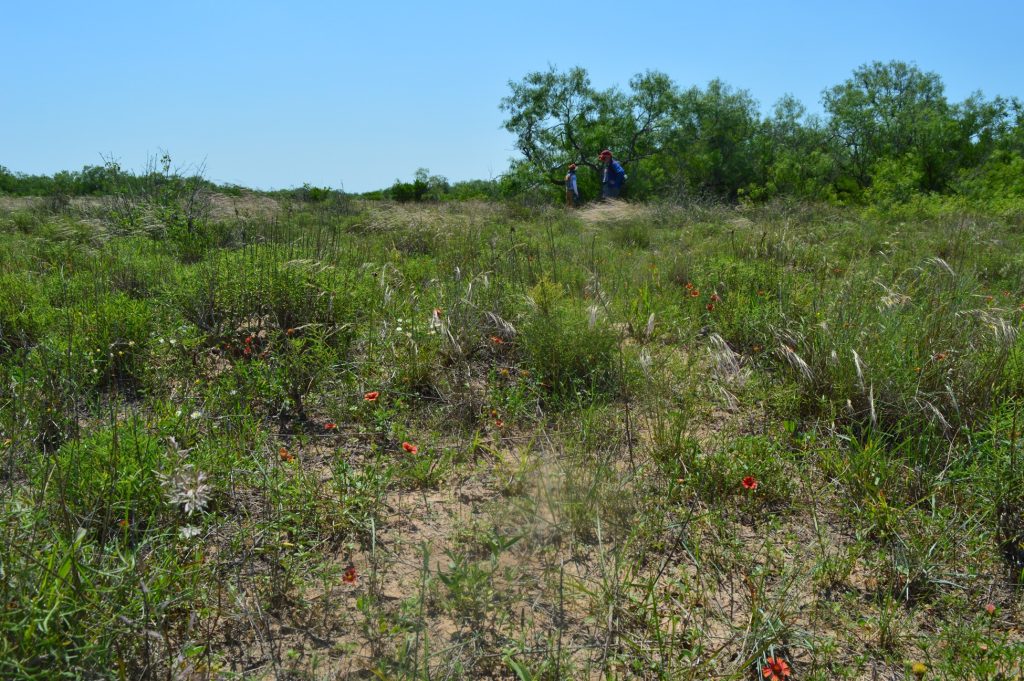3:15 AM my alarm goes off. I am not used to getting up this early but, strangely, I am wide awake. Whether it be from nerves, excitement, anxiety, or because I didn’t go to sleep till late, I can’t be sure. Maybe all of the above. The 2025 Beyond Borders team begins our journey at the Indianapolis International Airport at a crisp 4:14 AM. We checked our bags and headed to security which was slightly busier than normal for such an early hour, possibly due to the holiday. Amandine had the fabled TSA precheck so she zipped through security for us to meet up with on the other side. Little did we know she got stopped by security for attempting to smuggle in… deodorant.
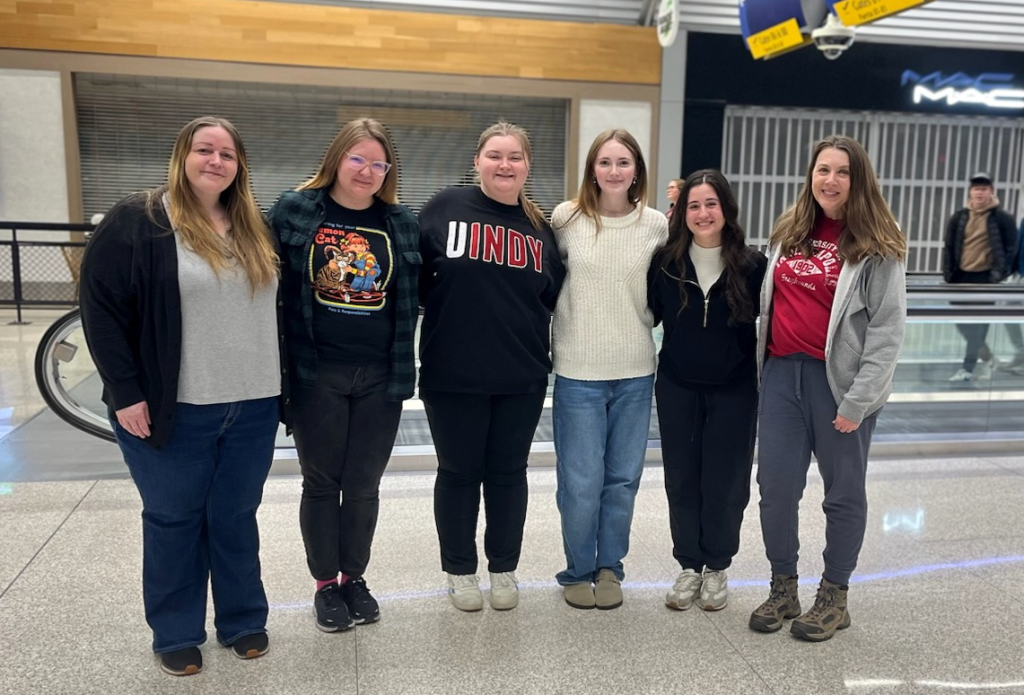
From left to right: Amandine, Chastidy, Lilly, Makenna, Frankey, and Krista.
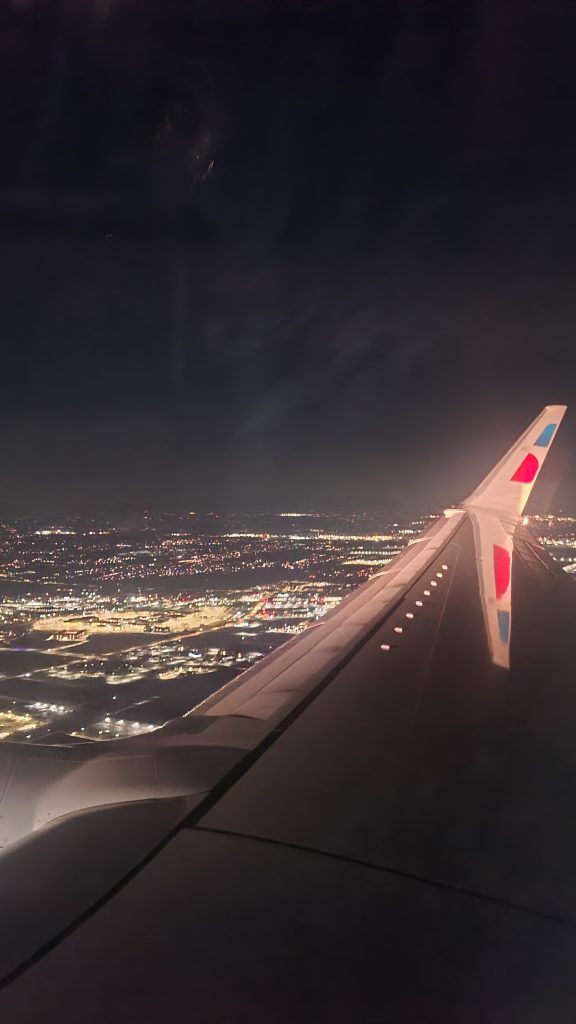
We had some downtime between our first 2-hour flight from Indianapolis (IND) to Dallas Fort Worth (DFW). After getting some celebratory coffee and a few breakfast sandwiches we sat down to go over the gameplan for today, dealing out the important tasks such as who will be in charge of choosing the music in the minivan. We took our Travel Day picture and gathered our stuff. The longer we waited the more my excitement and nerves grew to get back out into the field.
The 2024 Beyond Borders trip was my very first time flying, ever. It was a new experience and I didn’t know what to expect. I felt like I was at the mercy of everyone else, not knowing what to do, where to go, and asking a million questions. In reflection, I wonder if those feelings were similar to the ones a migrant would have when they begin their journey around the US Border Patrol Checkpoint. I have flown about 8 times since our last trip but nonetheless, I still felt nervous. We finally boarded, sat down, and got comfortable. As we were taking off I remembered I didn’t bring any motion sickness medication. Thus my 2 hour game of “Will I Get Sick on the Plane?” began. Happy to say that I didn’t but I was immensely thankful to be back on the ground when we landed in Dallas.

We had a decent layover which helped my body reset for our short 40-minute flight to San Antonio. Surprise, it wasn’t much better. We landed and made our way to the baggage claim to gather our things and then to get the rental van. As we typically say with these trips, “Expect the Unexpected.” We find the van, which I am 100% sure is the same one we had last year because of the scrapes on the rear bumper, and we Tetris our luggage into the trunk. We buckle in, load up the playlist, AND… the van’s out of gas. The tire pressure light is also on. So, Dr. Latham gets a person from the rental place. A nice but panicked man comes to the van and proceeds to get in the front seat, while we are all still buckled up in the back. Instead of letting him drive the van away with hundreds of dollars worth of field supplies, we stayed in the van wherein he proceeded to zoom through rows of cars in the parking garage. I had to close my eyes for a minute because I was so sure he was going to smash into another vehicle. We go up a level wherein there is a whole area of gas pumps, air for tires, and a multilane full carwash. We get the van fixed up and go back to Dr. Latham whom we left on the level below. FINALLY, we are on our way.
As we do every year, we stop at Torchy’s Tacos. I can personally attest that the one in Indianapolis pales in comparison to the one in San Antonio. Filled up, like the van, we begin the two and a half hour drive to our hotel in Falfurrias, TX. We plug in our playlist of over 20 hours of listening time and get on the road again!
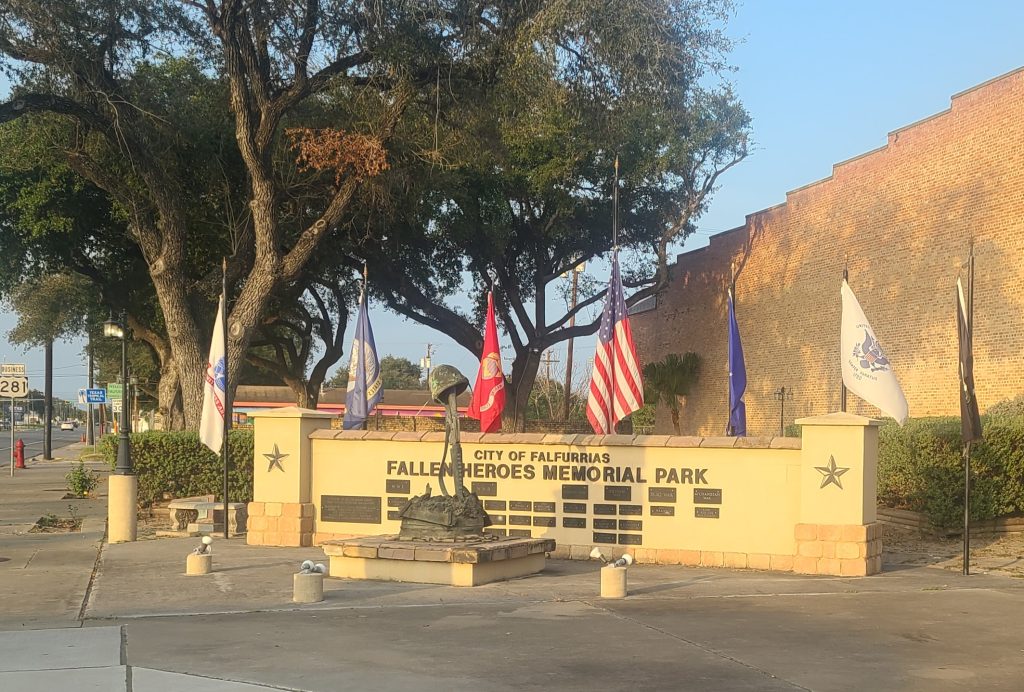
When we get to the hotel we quickly unpack our things and head to HEB. We grab stuff for lunches, field snacks, personal goodies, and water… lots and lots of water. What a luxury it is that we can buy 12 gallons of water and have them at our disposal, not afraid we will run out. Keeping these thoughts of how fortunate we are to have access to these things and be prepared for the field is important to get us into the mindset of why we came down here.

We put our stuff away and met Deputy Don White at Whataburger for a hardy dinner for our first night. With full stomachs, Don surprises us with a gift. Personal ID cards for each team member for Remote Wildlands Search and Recovery. Such a wonderful gift that makes me really proud to have something with my name on it alongside such an amazing organization. Before we left to go back to the hotel, we had to give some pats and treats to the cutest member of the team, Socks! Although a year older, she was just as excited to meet a new group of friends to play with.
Back at the hotel, we have a quick team meeting to talk about some things to expect and assign some of the rotating responsibilities like who writes the blog, photography, and who is in charge of the walkies. Snacks in hand we head back to our room to pack our bags, shower, and head to bed. With excitement in the air, we settle in ready for the unexpected to begin tomorrow with our first search!
